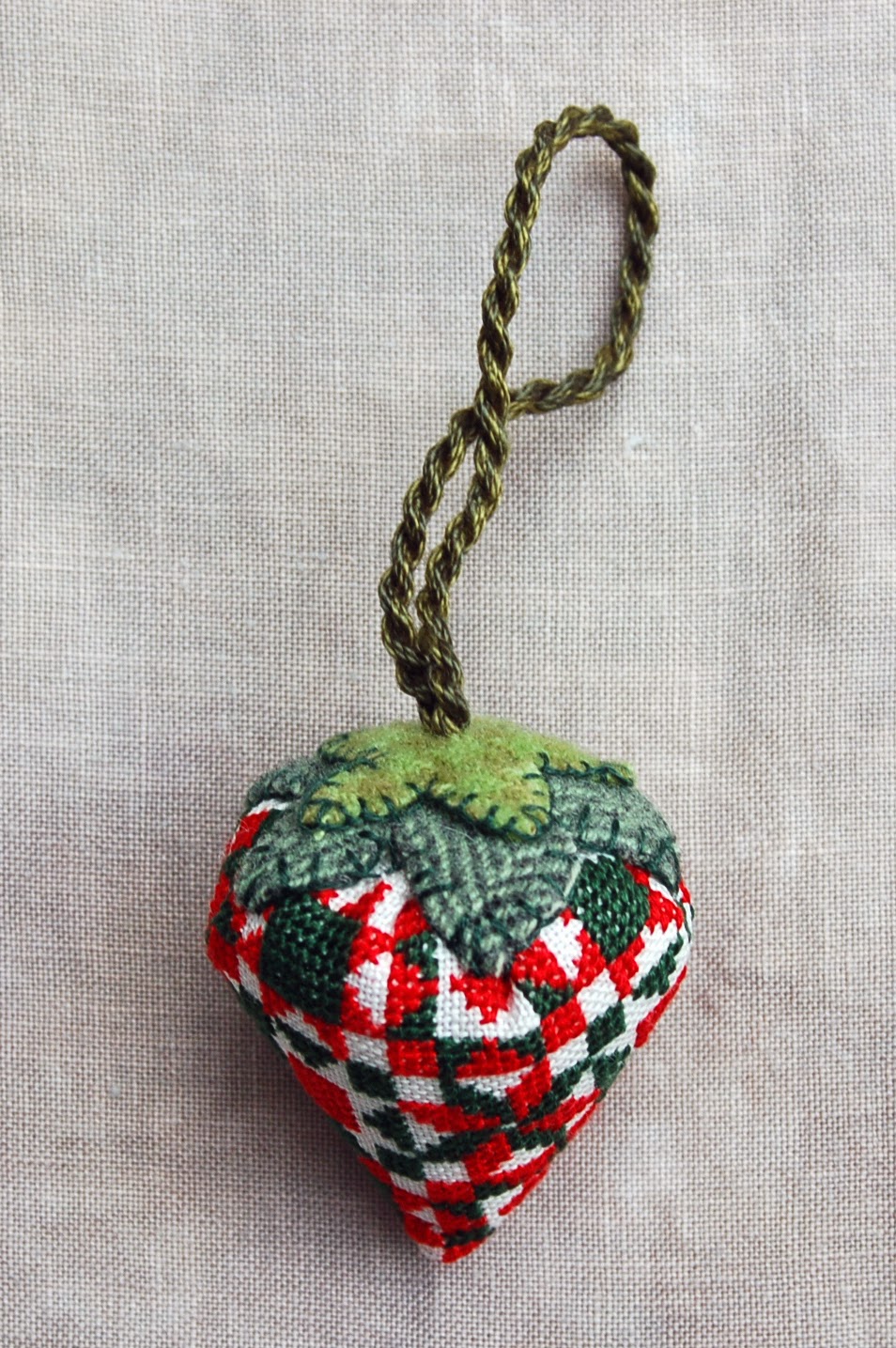Hey Blog Buddies,
How's your day going? Just thought I'd pop in to give you a peek at the blackwork class I'm taking. It's my first ever cyberclass, and I'm enjoying it very much. There are two weeks between each class, and if the first class is any indication, the lesson can easily be completed within that time frame. The piece is designed and taught by Tanja Berlin. There is a class forum for questions, and students are encouraged to post WIP photos to get feedback from Tanja and perhaps even other students.
The first thing she had us do was to transfer the outline of the birds onto our linen. The way we did this was to trace the outline found in our instructions onto tissue paper, pin the paper onto our fabric, and then baste over the traced lines, using long stitches on the right side of the fabric and short on the back.
How's your day going? Just thought I'd pop in to give you a peek at the blackwork class I'm taking. It's my first ever cyberclass, and I'm enjoying it very much. There are two weeks between each class, and if the first class is any indication, the lesson can easily be completed within that time frame. The piece is designed and taught by Tanja Berlin. There is a class forum for questions, and students are encouraged to post WIP photos to get feedback from Tanja and perhaps even other students.
The first thing she had us do was to transfer the outline of the birds onto our linen. The way we did this was to trace the outline found in our instructions onto tissue paper, pin the paper onto our fabric, and then baste over the traced lines, using long stitches on the right side of the fabric and short on the back.
After all the basting lines were stitched, the next step was to tear the tissue paper away, leaving just the red basting stitches. The tissue paper within the lines didn't want to come off, so tweezers were used to get every last little piece of paper off. Of course, this procedure stretched out some of the basting lines, which needed to be tightened up from the back. I found the whole process to be quite challenging, but I guess I did OK because Tanja said it looked good. I was glad to be able to start the actual blackwork.
Tanja's instructions are very detailed with lots of photos, and she leaves virtually nothing to the imagination. She suggested that we mount our linen on wooden stretcher bars like those normally used for needlepoint projects. The wooden stretcher bars are much lighter (in weight) than plastic Q-Snaps so I think I'll be using them from now on for my larger, but not ginormous, linen projects. As a matter of fact, my previously mentioned wolves are on wooden stretcher bars. I thought it was a weird way of mounting linen at the time, but they have been working well for that project. You shouldn't be afraid to think outside the box!
Stitching the branch was the last thing
to be done in Lesson 1.
Tanja helped several of us out
with the placement of the shading stitches
to give the branch a more rounded look.
Here's a close-up of part of the branch.
I am taking out the basting lines
as I stitch each area of the project.
We have just received the PDF
for Lesson 2 this morning,
and I'm looking forward to starting it.
That's it for now.
Have a stitchy weekend and
thanks for visiting!



















